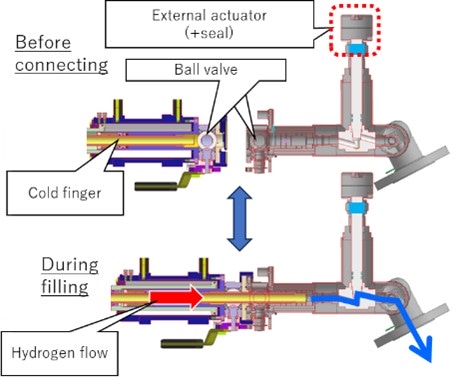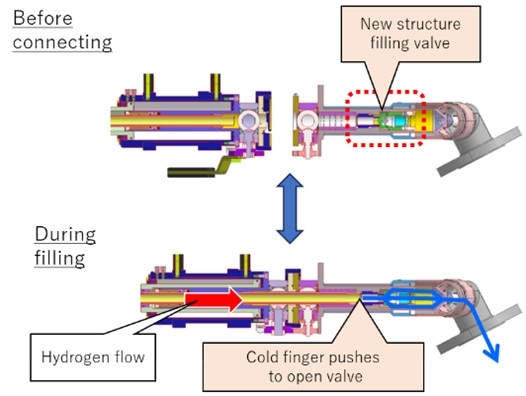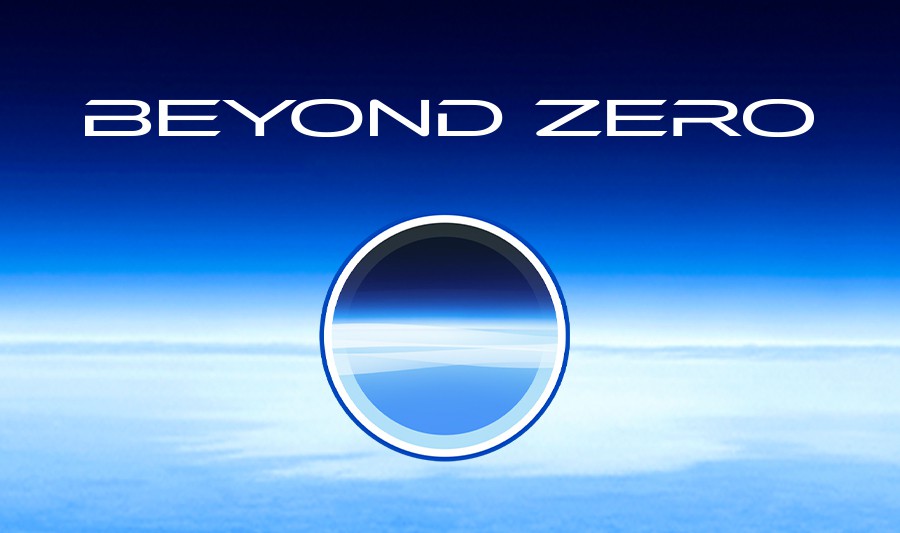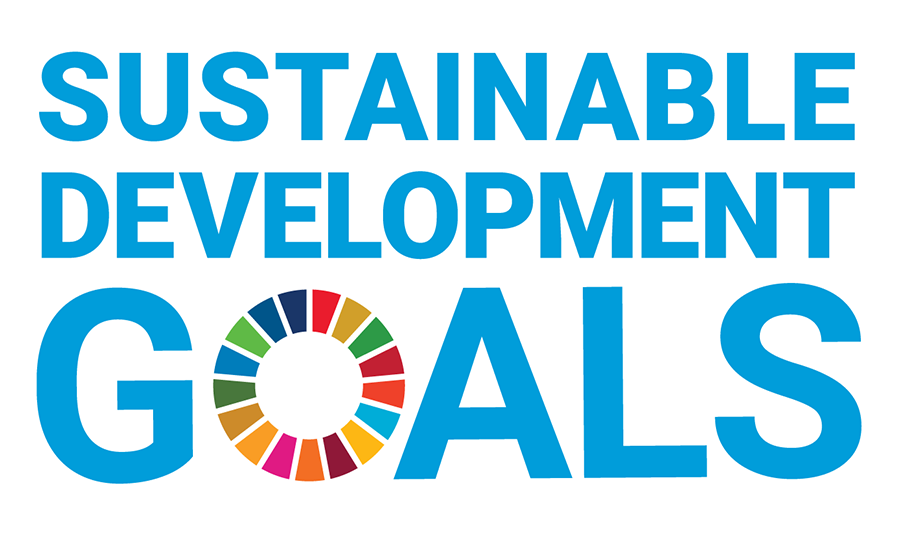Toyota City, Japan, May 30, 2025―Toyota Motor Corporation (Toyota) will enter the ENEOS Super Taikyu Series 2025 Empowered by BRIDGESTONE Round 3 NAPAC Fuji 24 Hours Race, to be held from May 30 to June 1, with the #28 TGRR GR86 Future FR Concept running on low-carbon gasoline (E20) and the #32 TGRR GR Corolla H2 Concept running on liquid hydrogen.
The #28 GR86 will be fueled with low-carbon gasoline (E20) manufactured by ENEOS Corporation (ENEOS) in the harsh environment of endurance racing and generate technical feedback.
ENEOS and car manufacturers sharing the same vision will take on the all-Japan co-challenge of refining fuel to help accelerate its widespread adoption for the goal of achieving a carbon-neutral society.
-
- STMO
- Super Taikyu Mirai Organization is a general incorporated association which plans and manages Super Taikyu races and created a ST-Q class in which experimental vehicles compete.
-
- Co-Challenge
- A framework of five automakers that share the same vision of "working together" to achieve a carbon-neutral society through technologies honed in the Super Taikyu ST-Q class.
In 2023, the liquid hydrogen-powered GR Corolla became the first vehicle in the world to use liquid hydrogen as fuel in a direct-injection engine*1. As part of the first-half stage of development, Toyota has been refining the durability of liquid hydrogen pumps as well as technologies such as oval tanks that extend cruising range.
In last year's Fuji 24 Hours Race, while Toyota's team met its goal of running 30 consecutive laps on a single hydrogen refill, issues with the electrical system forced repeated pit stops, preventing the car from running for a sufficient amount of time.
The goal for this year's race is to run for the entire 24 hours with a more reliable vehicle and liquid hydrogen system and to utilize the data obtained for future development, with the goal of making ever-better motorsports-bred cars.
| *1 | An engine that directly injects fuel into the cylinder at high pressure |
|---|
Toyota is promoting the use of engines running on liquid hydrogen and low-carbon gasoline as important options for mobility towards carbon neutrality as it works together with partners to advance multi-pathway initiatives.
Toyota will continue to refine cars and people in the challenging world of motorsports and evolve together with its partners to achieve carbon neutrality.
Using low-carbon gasoline (E20) in the #28 GR86
Carbon neutrality is an urgent challenge that must be addressed for cars to remain an essential part of society, and a variety of options are needed to achieve this goal. Toyota will continue to take on the challenge of evolving highly efficient engines and hybrid systems that are compatible with various fuels and offer options to customers around the world based on its multi-pathway approach for achieving carbon neutrality.
Liquid fuels have a high energy density and are easy to transport and store. Going forward, it will be important to accelerate the widespread adoption of carbon neutral liquid fuels, starting with low-carbon gasoline, with the aim of achieving carbon neutrality in existing vehicles.
Low-carbon gasoline (E20) is a low-carbon fuel made by blending approximately 20% bioethanol with gasoline. Bioethanol is produced by fermenting glucose and other substances found in plant resources such as corn and sugarcane. Since the plants used as raw materials absorb CO2 from the atmosphere during their growth process, bioethanol is a low-carbon fuel compared to fossil fuels. Toyota will evaluate various types of low-carbon gasoline (E20) in the Super Taikyu Series and provide feedback from a technical perspective to build a knowledge base for supplying low-carbon gasoline with a maximum bioethanol concentration of 20%.
Further evolution of the liquid hydrogen-powered GR Corolla
As the culmination of the first-half stage of the liquid hydrogen-powered GR Corolla, Toyota has made the following technical improvements for this race based on the results of last year's race.
- Taking on the challenge of utilizing a hydrogen engine combustion switching technology that balances high output and fuel efficiency
Starting with this race, Toyota will take on the challenge of utilizing technology that automatically switches between stoichiometric combustion*2, which delivers high output, and lean combustion*3, which enables fuel-efficient driving, in response to the driver's output requirements (accelerator operation).
Until now, Toyota has continued to improve stoichiometric combustion to achieve high output equivalent to that of gasoline.
From this race onwards, Toyota will take on the challenge of utilizing technology that smoothly switches to lean combustion when high output is not required with a view to applying it to the development of future production vehicles.
| *2 | The ideal ratio of air to fuel during combustion. Also referred to as λ (lambda) = 1 |
|---|---|
| *3 | Combustion state with lower fuel concentration than in the theoretical air-fuel ratio |
- Developing a new filling valve that improves hydrogen filling speed and safety while making the vehicle compact and lightweight
Toyota has adopted a new structure for the filling valve used during hydrogen supply.
To date, valve opening and closing have been operated by an external actuator*4. However, in addition to limitations in expanding the flow path area during hydrogen supply, there have been challenges with improving airtightness in a -253°C environment.
For this race, adopting a new internal piston structure has enabled an increase in flow path area, improving filling speed by approximately 30%. The new structure also eliminates the need for an external actuator, reducing weight by 2 kg. Furthermore, eliminating external opening and closing processes has improved airtightness and reduced the risk of hydrogen leakage.
| *4 | A device that generates mechanical motion using energy |
|---|
| Conventional structure | New structure | |
|---|---|---|
| Key technological evolution |
 |
 |
- Reducing vehicle weight through partial use of aluminum wiring for wire harnesses
A portion of the wire harnesses―bundles of wires distributed throughout the vehicle for power supply and signal transmission―has been changed from copper to aluminum wiring. Until now, corrosion caused by water exposure at terminal connections and other areas has posed a challenge in using aluminum wiring for wire harnesses.
For this race, adopting a sealed-structure terminal (Alpha terminal®) using fiber laser welding technology developed by Furukawa Electric Co., Ltd. has made it possible to prevent water infiltration without compromising mass-producibility and cost competitiveness, thereby preventing corrosion, which had been an issue.
This change has also resulted in an 18% weight reduction compared to conventional wire harnesses.
Toyota Times Sports will once again broadcast live in 2025!
Toyota Times Sports will broadcast live from Fuji Speedway for 24 hours from 2:00 PM (JST) on Saturday, May 31.
This broadcast will include coverage of the race, live driver appearances, pit stops, and more.
Even if you can't make it to the venue, cheer on the race together with Toyota Times!
We'll be looking forward to your comments in the chat.
https://toyotatimes.jp/24h_race_2025/
Toyota Times Sports articles archive
"Achieving zero, and adding new value beyond it"
As part of efforts to pass our beautiful "Home Planet" to the next generation, Toyota has identified and is helping to solve issues faced by individuals and overall society, which Toyota calls "Achieving Zero," hoping to help reduce the negative impacts caused by these issues to people and the environment to zero. Additionally, Toyota is also looking "Beyond Zero" to create and provide greater value by continuing to diligently seek ways to improve lives and society for the future.
- About Beyond Zero
- https://global.toyota/en/mobility/beyond-zero/
Toyota Motor Corporation works to develop and manufacture innovative, safe and high-quality products and services that create happiness by providing mobility for all. We believe that true achievement comes from supporting our customers, partners, employees, and the communities in which we operate. Since our founding over 80 years ago in 1937, we have applied our Guiding Principles in pursuit of a safer, greener and more inclusive society. Today, as we transform into a mobility company developing connected, automated, shared and electrified technologies, we also remain true to our Guiding Principles and many of the United Nations' Sustainable Development Goals to help realize an ever-better world, where everyone is free to move.
- SDGs Initiatives
- https://global.toyota/en/sustainability/sdgs/









